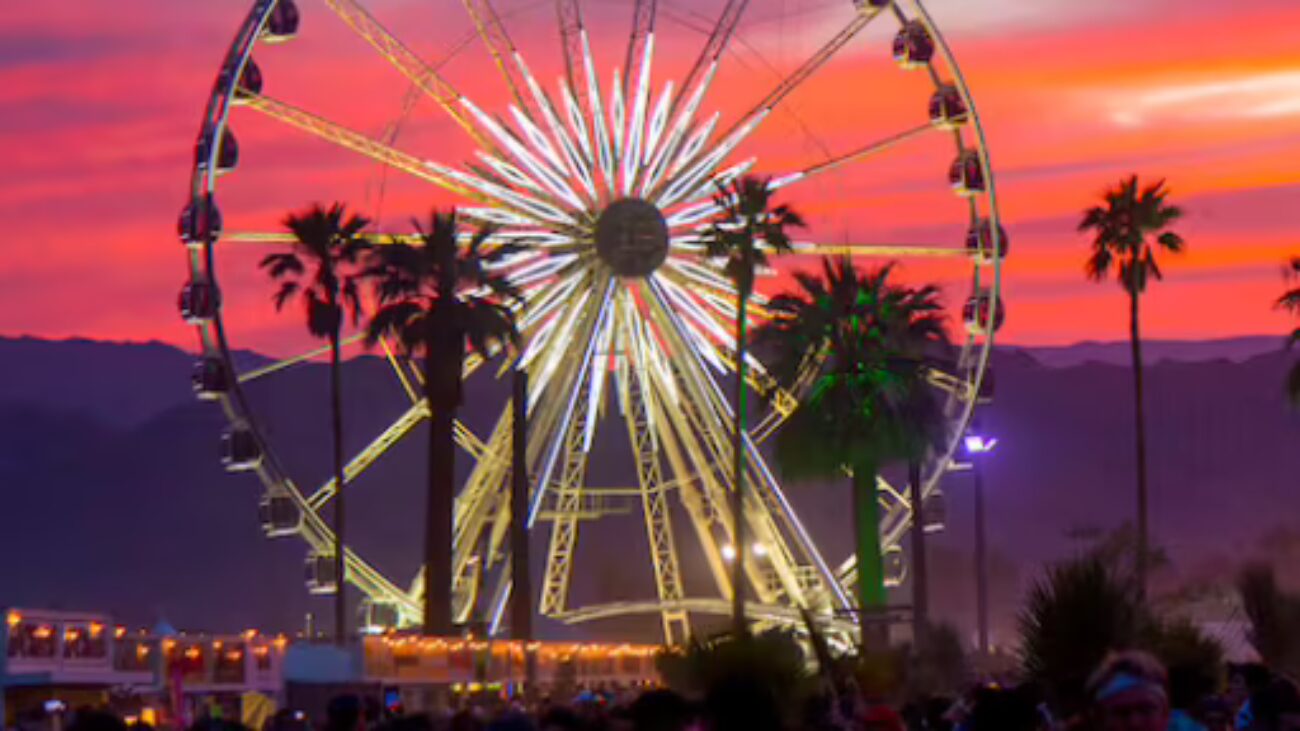What began as a bold experiment in the California desert has grown into a cultural juggernaut with influence stretching across every continent. Coachella’s global reach isn’t just about the artists who headline or the fans who flock to Indio each April—it’s about how the festival reshaped the very blueprint of what a modern music festival can be. From the way tickets are sold to the way performances are streamed worldwide, Coachella has redefined the live music experience and inspired a new generation of events around the globe.
A Stage That Defines Careers
For artists, stepping onto a Coachella stage is more than a performance—it’s a milestone. The festival has become a career-defining platform where artists debut new music, test bold visuals, and cement their status in pop culture history. Think Beyoncé’s groundbreaking 2018 performance that became a global streaming event, or the countless indie acts who used their Coachella slot as a launchpad toward international recognition. The Coachella influence worldwide means that an artist’s set isn’t just playing to the 125,000 people on the polo fields—it’s a broadcast to millions watching online, and a cultural moment that gets replayed across social media for years.
The Power of Livestreaming
One of the biggest ways Coachella expanded its reach was by embracing livestreaming early on. Partnering with major platforms, the festival turned itself into a digital spectacle that allows fans from Tokyo to São Paulo to experience the desert magic in real time. This digital-first strategy revolutionized how festivals interact with global audiences, and it created a model that countless others have followed. Today, festivals from Lollapalooza to Primavera Sound offer livestreams, but Coachella remains the benchmark for quality, scale, and global accessibility.
Inspiring Festivals Across the Globe
The ripple effect of how Coachella changed festivals can be seen worldwide. From boutique gatherings in Europe to mega-festivals in Asia and South America, Coachella’s mix of music, art, and fashion has become a template others emulate. The integration of massive art installations, carefully curated food options, and high-fashion street style has transformed festivals into lifestyle experiences rather than just concerts. The Coachella model—melding music with cultural capital—has pushed global events to rethink what they offer, leading to a worldwide festival boom.
The Business Model That Changed Everything
Behind the music is a business model that helped Coachella grow into a billion-dollar brand. From early ticket tiers and VIP packages to branded experiences and partnerships with luxury companies, Coachella proved that festivals could operate as both cultural institutions and savvy businesses. This model has been replicated globally, fueling the rise of festivals that not only generate tourism revenue but also become essential parts of their city’s cultural identity.
A Worldwide Phenomenon
At its heart, Coachella has always been more than just a festival—it’s a mirror of how music, culture, and technology intersect in the 21st century. Its global reach shows in the way fans style themselves in “Coachella fashion” from continents away, in the countless international festivals that borrow its formula, and in the fact that millions tune in annually to watch live from halfway across the world. What started in a California desert is now a worldwide phenomenon, proof that the desert winds of Indio carry much further than anyone ever imagined.
